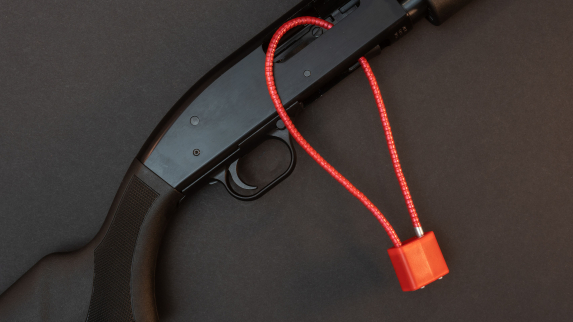Using cable locks to secure firearms can help reduce the risk of suicide and unintended discharges, but many people can’t tell if the devices are properly installed, according to a Rutgers Health–led study. Cable locks are among the most widely available secure storage options, as they are provided with many legal firearm purchases and distributed widely by health care providers. Unlike many other storage options, cable locks must be installed correctly to be effective.
“Cable locks are a bit different from other secure storge options because, if not installed correctly, the firearm can still be operable,” said Shelby Bandel, clinical psychology doctoral candidate with the New Jersey Gun Violence Research Center at Rutgers University and lead author of the study focused on understanding a person’s ability to determine if a lock is installed correctly.
The researchers, whose study appears in the journal JAMA Network Open, examined data from 3,462 United States residents. Participants were presented a series of photos in which cable locks were either correctly or incorrectly installed on four types of firearms — pistol, revolver, rifle and shotgun — and were asked to identify which photos demonstrated proper installation. For most firearms, correct cable lock installation means the lock is looped through the ejection port and out the magazine well. To read the full story.

